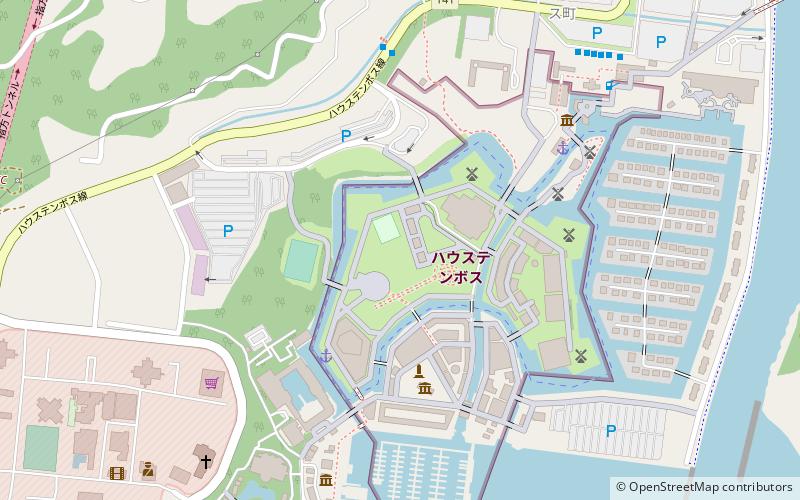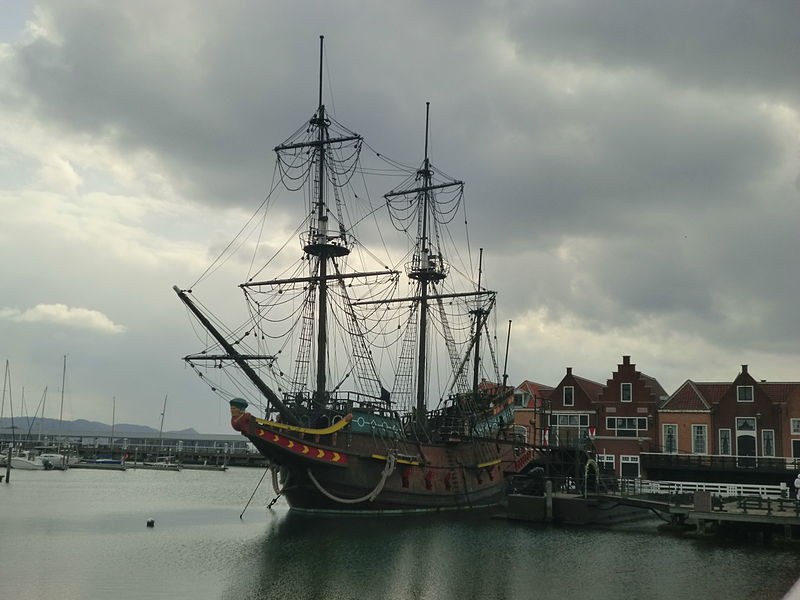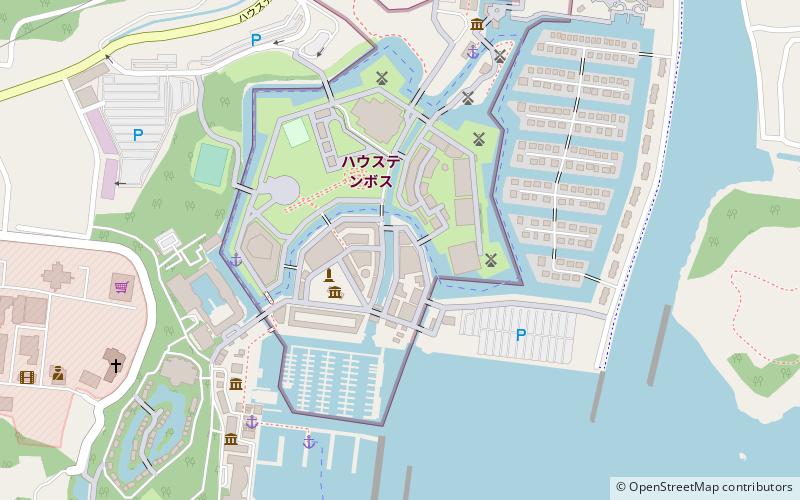Huis Ten Bosch Theme Park


Facts and practical information
Huis Ten Bosch Theme Park, located in Sasebo, Nagasaki Prefecture, Japan, is a unique cultural attraction that transports visitors straight into a Dutch townscape, complete with picturesque canals, iconic windmills, and vibrant tulip gardens. Spanning over 152 hectares, this expansive park is a celebration of Dutch heritage, meticulously recreated to mirror the Netherlands during the 17th century, often referred to as the country's "Golden Age."
The park, whose name translates to "House in the Woods," was opened in 1992 and is named after one of the three official residences of the Dutch Royal Family. It stands as a testament to the historical ties between Japan and the Netherlands, a relationship that dates back to the 17th century when the Dutch were among the only Europeans permitted to trade with Japan during its period of national seclusion.
Visitors to Huis Ten Bosch can explore a wide array of attractions, including authentic replicas of Dutch buildings such as the Domtoren of Utrecht and the Gouda city hall. The theme park is also renowned for its seasonal flower festivals, particularly in spring when the tulips bloom, creating a spectacle of color that rivals the flower fields of Holland.
In addition to its architectural and horticultural displays, Huis Ten Bosch offers a variety of entertainment options. It features amusement rides, museums, art galleries, and even a hotel that replicates a Dutch town, providing guests with an immersive overnight experience. Throughout the year, the park hosts numerous events, including fireworks displays, concerts, and cultural festivals, adding to the lively atmosphere.
Huis Ten Bosch is not just a feast for the eyes; it also caters to the taste buds. Visitors can indulge in Dutch cuisine and pastries at the park's restaurants and cafes, further enhancing the European experience.
Nagasaki
Huis Ten Bosch Theme Park – popular in the area (distance from the attraction)
Nearby attractions include: Fukuishi Kannon, Sasebo wu fan jie, Hario Island, Kawatana.




